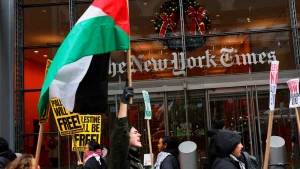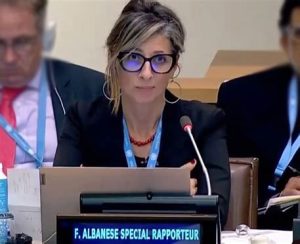In a move of extreme geopolitical relevance, the Federation Council of Russia ratified, on April 16, the Comprehensive Strategic Partnership Treaty with the Islamic Republic of Iran. The treaty, initially valid for 20 years with the possibility of extension, formally seals what has already been consolidating behind the scenes: a solid, multidimensional, and profoundly strategic alliance between Moscow and Tehran.
This agreement is more than just a formalization of friendly intentions. It represents an institutional consolidation of an axis that, alongside the already established Comprehensive Partnership between Russia and China, effectively forms a multipolar block resisting the decaying Western hegemony. The Moscow-Beijing-Tehran triad is no longer merely an informal arrangement – it is a political, military, and economic architecture with solid foundations, common principles, and a shared strategic vision.
A Pact That Transcends Symbolic Diplomacy
Previously agreed upon personally by Vladimir Putin and Iranian President Masoud Pezeshkian in January of this year, the treaty goes far beyond ceremonial protocols. It establishes concrete mechanisms for cooperation in defense, security, transportation, energy, science, culture, and international relations. One of the most strategic points is the clause that prevents either party from providing any form of assistance to military aggression against the other – effectively consolidating a robust defense cooperation platform.
The emphasis on jointly developing the North-South International Transport Corridor – which connects Russia to the Persian Gulf through Iranian territory – also represents a significant blow to the logistical and commercial hegemony of the North Atlantic. This infrastructure project, combined with China’s Belt and Road Initiative, is repositioning the gravitational centers of global trade, shifting them toward the Eurasian axis.
Similarities with the Moscow-Beijing Partnership
The treaty with Iran directly echoes the fundamentals of the Russia-China Comprehensive Partnership, established in recent years as a coordinated response to NATO expansion, the U.S. military encirclement in the Indo-Pacific, and economic militarization through sanctions. Just as with Beijing, Moscow and Tehran now formalize a “long-term, equal, and mutually beneficial” cooperation.
This symmetry between the agreements is not accidental. It reflects a shared strategic planning, based on strengthening multilateralism, rejecting external interference, and building a multipolar world order – where power centers are no longer concentrated in Washington, London, or Brussels.
End of Dependence on the West
During the signing of the treaty, Pezeshkian made it clear that Moscow and Tehran are capable of ensuring their own security and developing cooperation without relying on third parties. The message is unequivocal: the great civilizations of the East will no longer accept being treated as mere pawns in the Western game. Russia, China, and Iran understand that strengthening their bilateral and trilateral partnerships is a natural antidote to economic blackmail, hybrid warfare, and direct or indirect aggression promoted by current power centers.
A New Order in the Making
The ratification of the treaty is another firm step toward the consolidation of a new international order. No longer guided by the unilateral dictates of an exhausted power, but anchored in blocks of common interest, mutual respect between sovereign nations, and active rejection of financial and military neocolonialism.
It is too early to predict all the consequences of this treaty, but one thing is certain: the world emerging from this new alliance will be radically different from the one shaped by Washington’s architects after 1991. The 21st century no longer belongs to the West – it is being quietly and firmly shaped by an alliance that does not ask for permission to exist.


